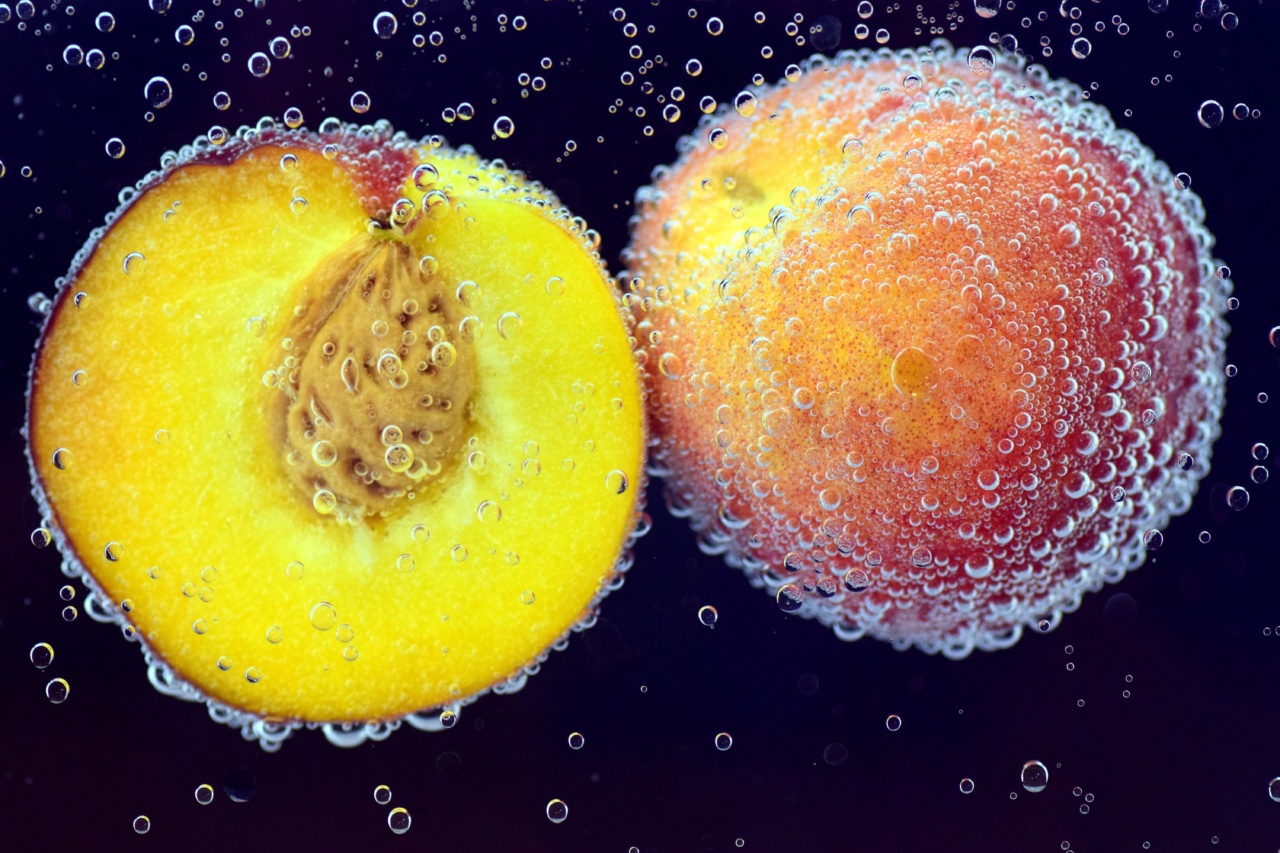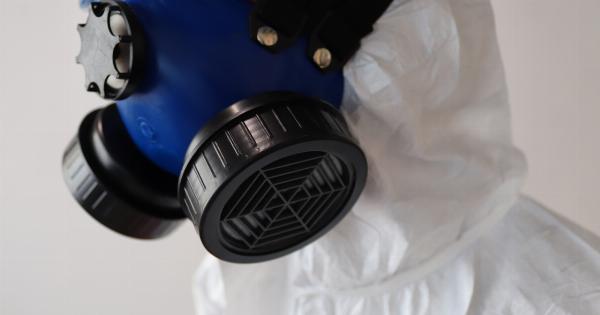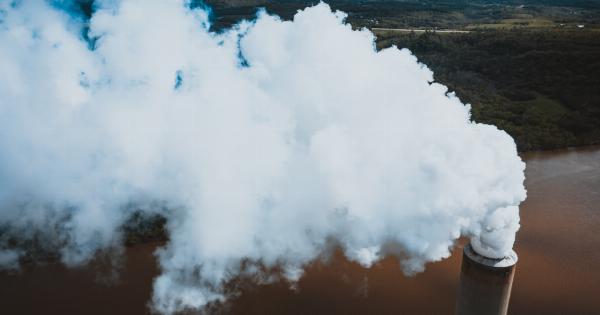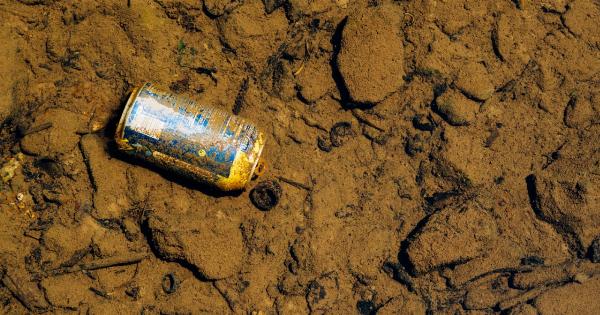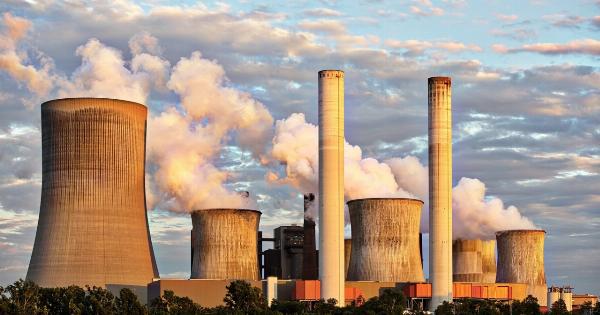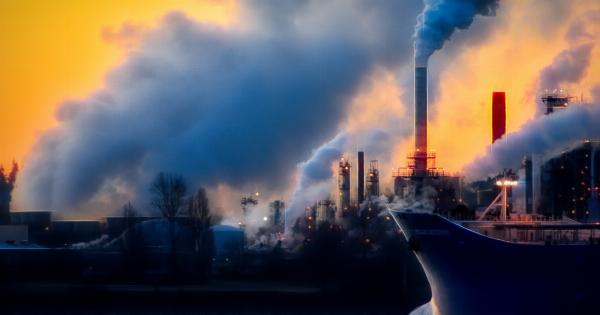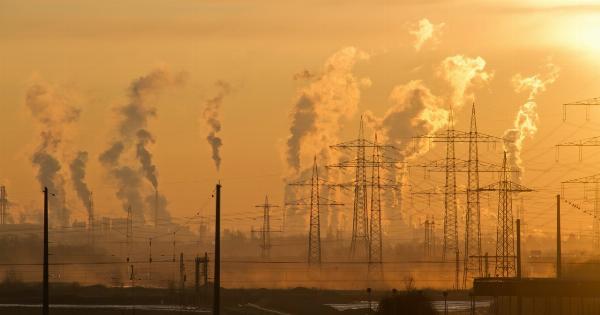When it comes to clean air, there are several common misconceptions that can lead to a misunderstanding of the true state of our environment.
Many people believe that air pollution is only a concern in heavily industrialized cities, while others underestimate the harmful effects of indoor air pollutants. In this article, we will explore some of these misconceptions and delve into the grim reality of air pollution.
1. Air pollution is only a problem in big cities
One of the most widespread misconceptions is that air pollution is primarily an issue in bustling metropolises with high levels of industrial activity.
While it is true that cities have higher concentrations of pollutants, air pollution does not restrict itself to urban areas alone. Rural regions may also face air pollution due to agricultural activities, biomass burning, and vehicle emissions. In fact, satellite imagery has revealed pockets of intense air pollution in remote areas that are far from industrial centers.
2. Outdoor air pollution is more harmful than indoor air pollution
While it is easier to visualize the impact of outdoor air pollution, indoor air pollution poses an equally significant threat to human health.
Many believe that staying indoors can provide protection from harmful pollutants, but the reality is quite the opposite. Indoor air can contain a myriad of pollutants such as volatile organic compounds (VOCs), mold spores, and tobacco smoke.
As people spend a significant amount of their time indoors, exposure to indoor pollutants can lead to various respiratory diseases and allergies.
3. Air pollution only affects the respiratory system
While it is well-known that air pollution can cause respiratory issues like asthma and bronchitis, its effects are not limited to the respiratory system alone.
Research has linked air pollution to cardiovascular diseases, cognitive impairment, and even developmental abnormalities in children. Fine particulate matter (PM2.5) and nitrogen dioxide (NO2) can penetrate deep into the lungs and enter the bloodstream, spreading their detrimental effects throughout the body.
4. Air quality is improving worldwide
There is a common belief that air quality is becoming better globally, thanks to increased environmental initiatives and stricter regulations. However, the reality is far from optimistic.
While some countries have made progress in reducing pollution levels, others still face severe air quality issues. Rapid industrialization, outdated infrastructure, and lax enforcement of regulations contribute to perpetuating high levels of air pollution. In fact, the World Health Organization estimates that 9 out of 10 people worldwide breathe in polluted air.
5. Masks provide complete protection from air pollution
In recent years, face masks have become a common sight, with many believing they provide full protection from air pollution. While masks can filter out larger particles, they are often ineffective against the smaller and more harmful PM2.5 particles.
Additionally, masks may not fit properly, allowing polluted air to seep in through the sides. It is important to note that masks should be seen as a temporary solution and not the sole defense against air pollution.
6. Air pollution is only an outdoor problem
The idea that air pollution is exclusively an outdoor problem is misleading. As mentioned earlier, indoor air pollution is a significant concern, with implications for both residential and commercial spaces.
Common sources of indoor pollution include cooking fumes, cleaning chemicals, and inadequate ventilation. To maintain clean air, it is crucial to address indoor pollution sources alongside outdoor pollutants.
7. Air pollution is not a pressing issue compared to other environmental concerns
While climate change and deforestation often dominate environmental discussions, air pollution deserves the same level of attention. The adverse effects of air pollution on human health and the environment cannot be overlooked.
From smog-filled cities to polluted rivers and harmful pollutants affecting wildlife, the consequences of air pollution are vast and interconnected.
8. Electric vehicles eliminate air pollution
While electric vehicles (EVs) are touted as a greener alternative to gasoline-powered cars, their widespread adoption will not immediately eliminate air pollution.
EVs produce zero tailpipe emissions, but the electricity used to charge them may come from sources that are not environmentally friendly, such as coal-fired power plants. To ensure a significant reduction in air pollution from transportation, a shift towards renewable energy sources for electricity generation is essential.
9. Air pollution is a problem only for humans
The impact of air pollution extends beyond human health and affects the entire ecosystem. Pollutants released into the air can have detrimental effects on plant life, leading to reduced crop yields and damage to forests.
Additionally, air pollution can harm marine ecosystems, as pollutants can be carried over long distances and deposited in bodies of water. Protecting air quality is crucial for the long-term sustainability of the planet.
10. We cannot make a difference as individuals
While it is true that solving the air pollution crisis requires collective action and policy changes, individual efforts can still make a difference.
Adopting sustainable transportation options, reducing energy consumption, and supporting clean energy initiatives are impactful steps individuals can take to reduce air pollution. By raising awareness and holding elected officials accountable, individuals can contribute to the fight for clean air and a healthier future.
